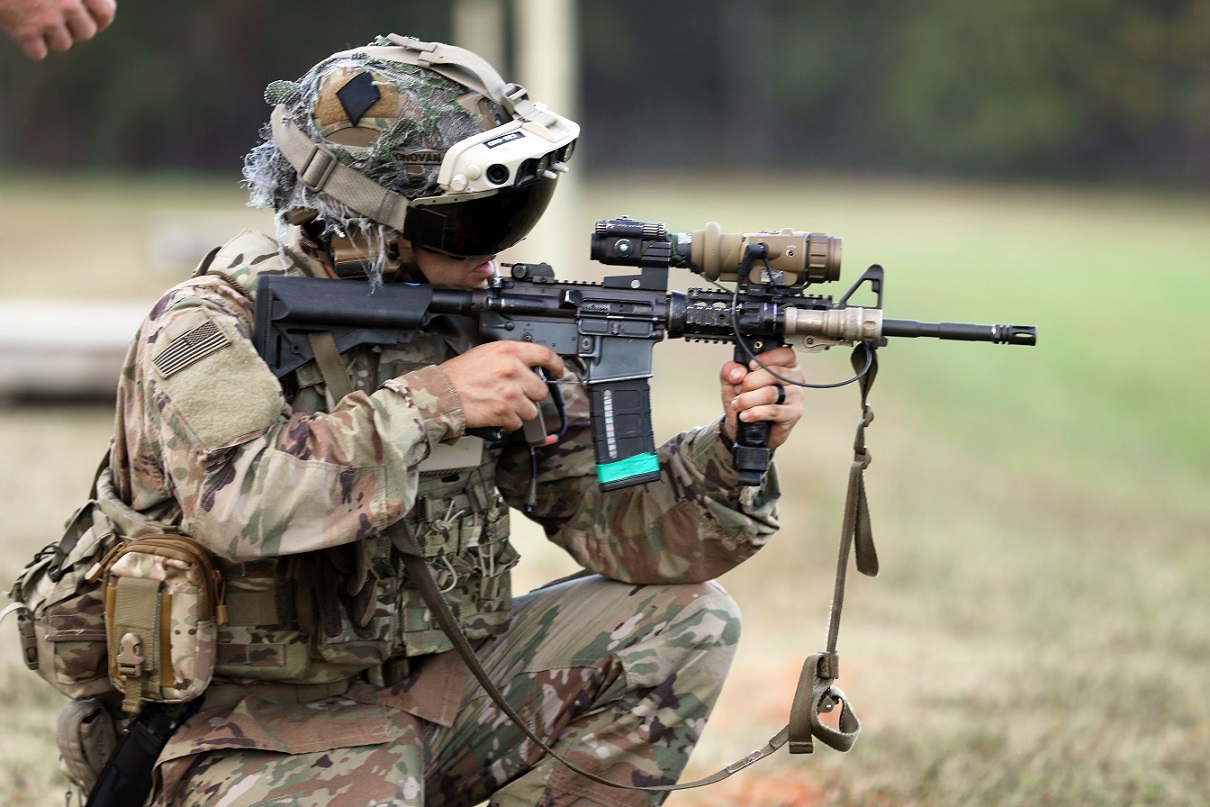Have you been tracking this program? What seemed like a far-fetched science fair project only a couple of years ago is now going into production and rapid fielding. This in itself is an amazing rate of speed for just about any Army acquisition, let alone for one so revolutionary!
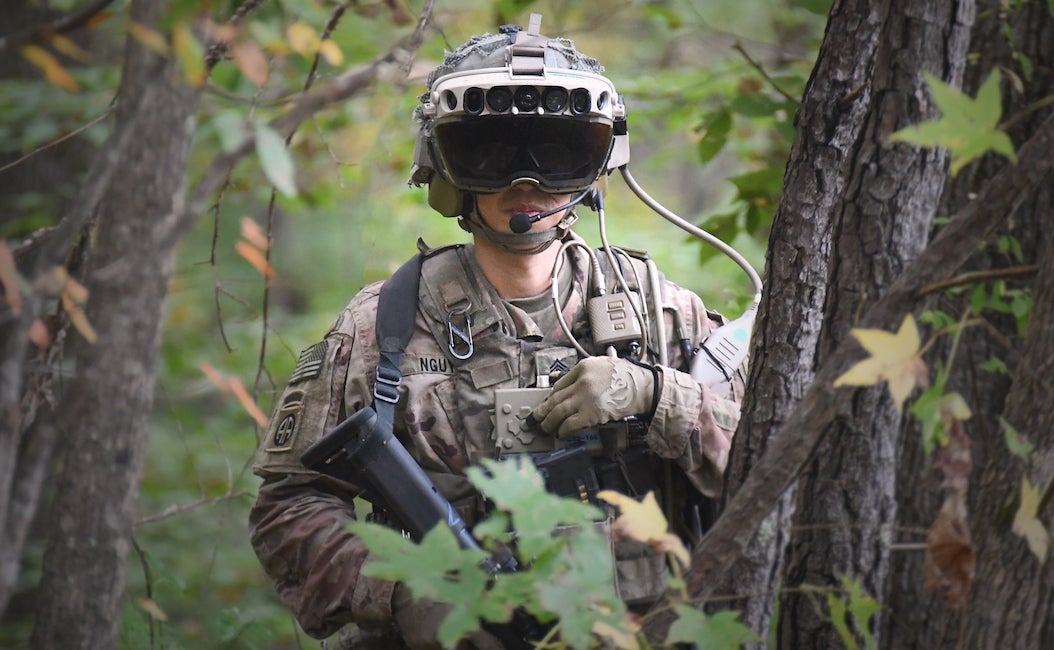
The Integrated Visual Augmentation System (IVAS) project was initiated in response to an erosion in close combat capability relative to pacing threats identified in the 2018 National Defense Strategy. These capabilities will provide the increased lethality, mobility, and situational awareness necessary to achieve overmatch against our current and future adversaries in any domain. Based around Microsoft’s HoloLens 2 smart glasses headset technology, the Integrated Visual Augmentation System (IVAS) is a ruggedized Warfighter augmented reality system that integrates key technology systems into one device that allows Soldiers to fight, rehearse, and train with better situational awareness and lethality both day and night.
Viewing the Soldier as a system, the IVAS aggregates multiple technologies into an architecture that allows the Soldier to Fight, Rehearse, and Train using a single platform. The suite of capabilities leverages existing high-resolution night, thermal, and Soldier-borne sensors integrated into a unified Heads Up Display to provide the improved situational awareness, target engagement, and informed decision-making necessary to achieve overmatch against current and future adversaries. The system also leverages augmented reality and machine learning to enable a life-like mixed reality training environment so the Close Combat Force can rehearse before engaging any adversaries.
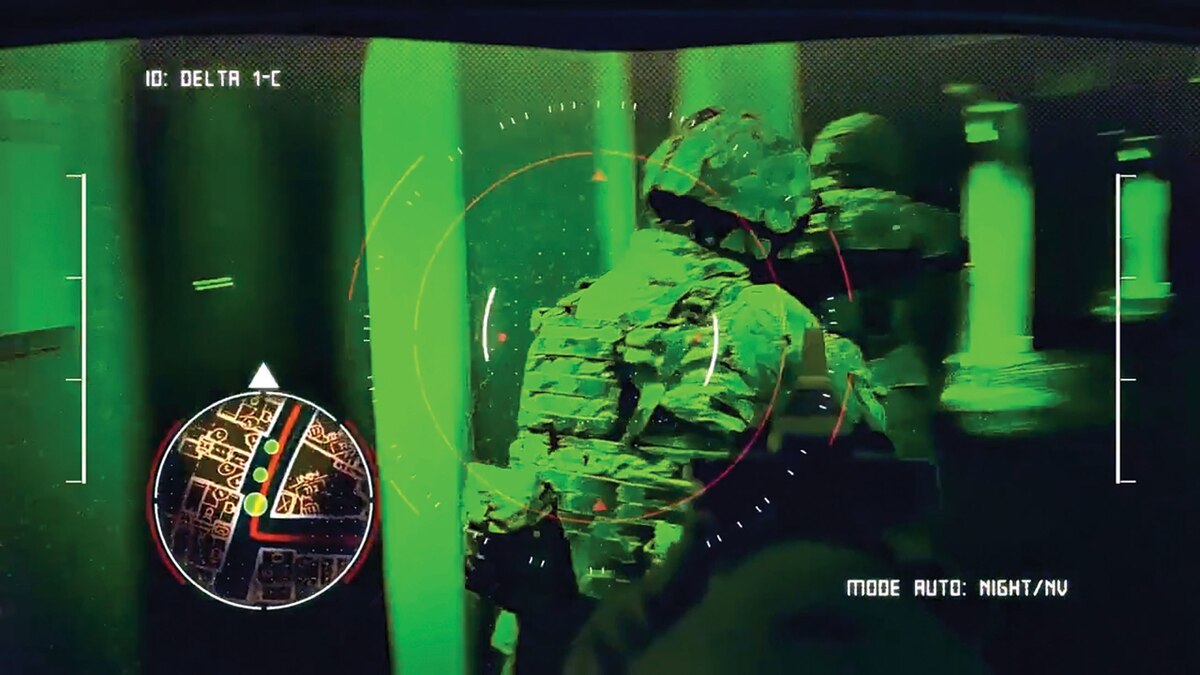
On 26 March 2021, the United States Army awarded Microsoft Corporation a fixed price production agreement totaling almost $22 Billion (!) for the manufacture of IVAS systems. This award transitions IVAS to production and rapid fielding to deliver next-generation night vision and situational awareness capabilities to the Close Combat Force (CCF) at the speed of relevance. The unique and innovative partnership between the Army and Microsoft accelerated prototype system development through the Soldier Centered Design approach to deliver an unprecedented system at unprecedented speed.
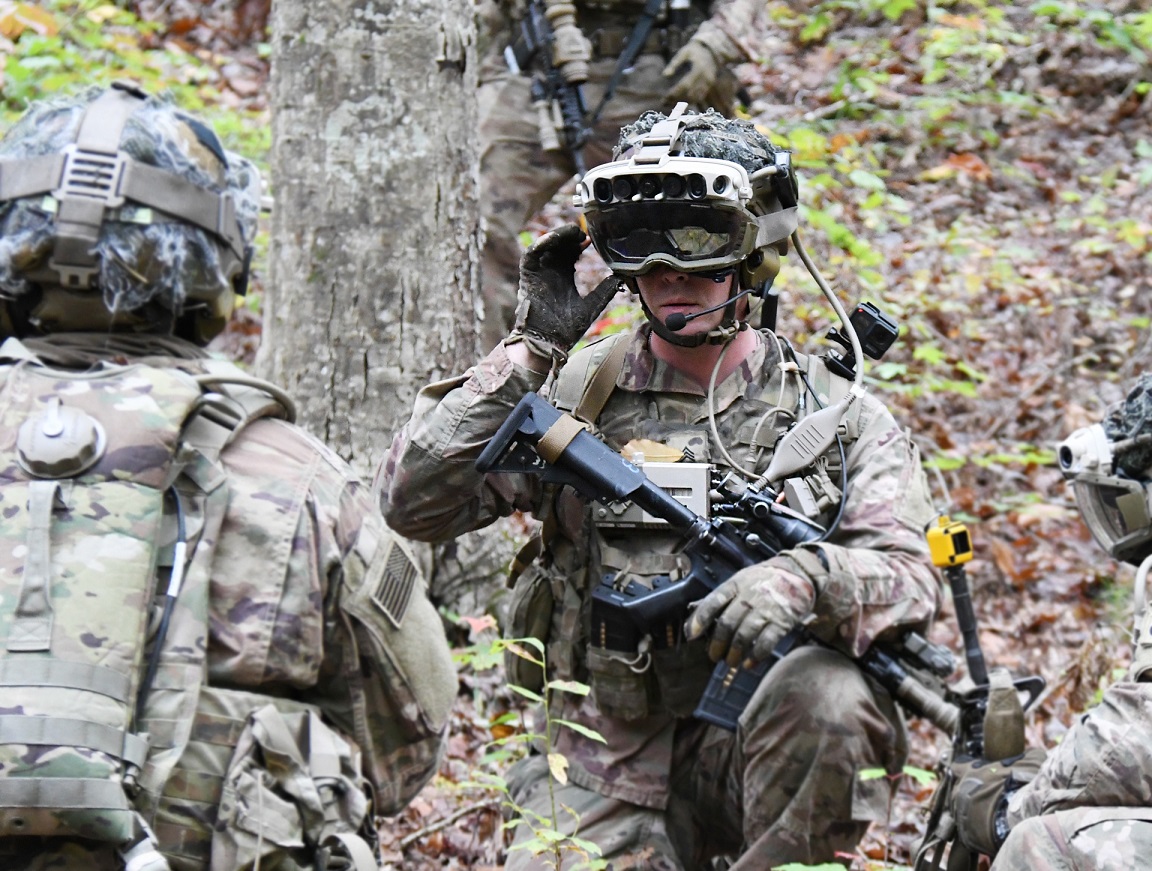
Beyond the original problem set, IVAS is also looking to be applied to an additional capability gap in order to allow the mounted and dismounted Soldier to maintain both C2 and visual situational awareness seamlessly across Army vehicle platforms. The capabilities being developed for dismounted Soldiers via IVAS are amplified by integrating the system into platforms using World View, 360 degree, and See capabilities that leverage the view of external sensors to be transmitted to the Heads Up Display (HUD) of each individual Soldier. Each Soldier with IVAS can “see through” the vehicle to what its external sensors are feeding into the individual HUDs, as if the vehicle has invisible armor.
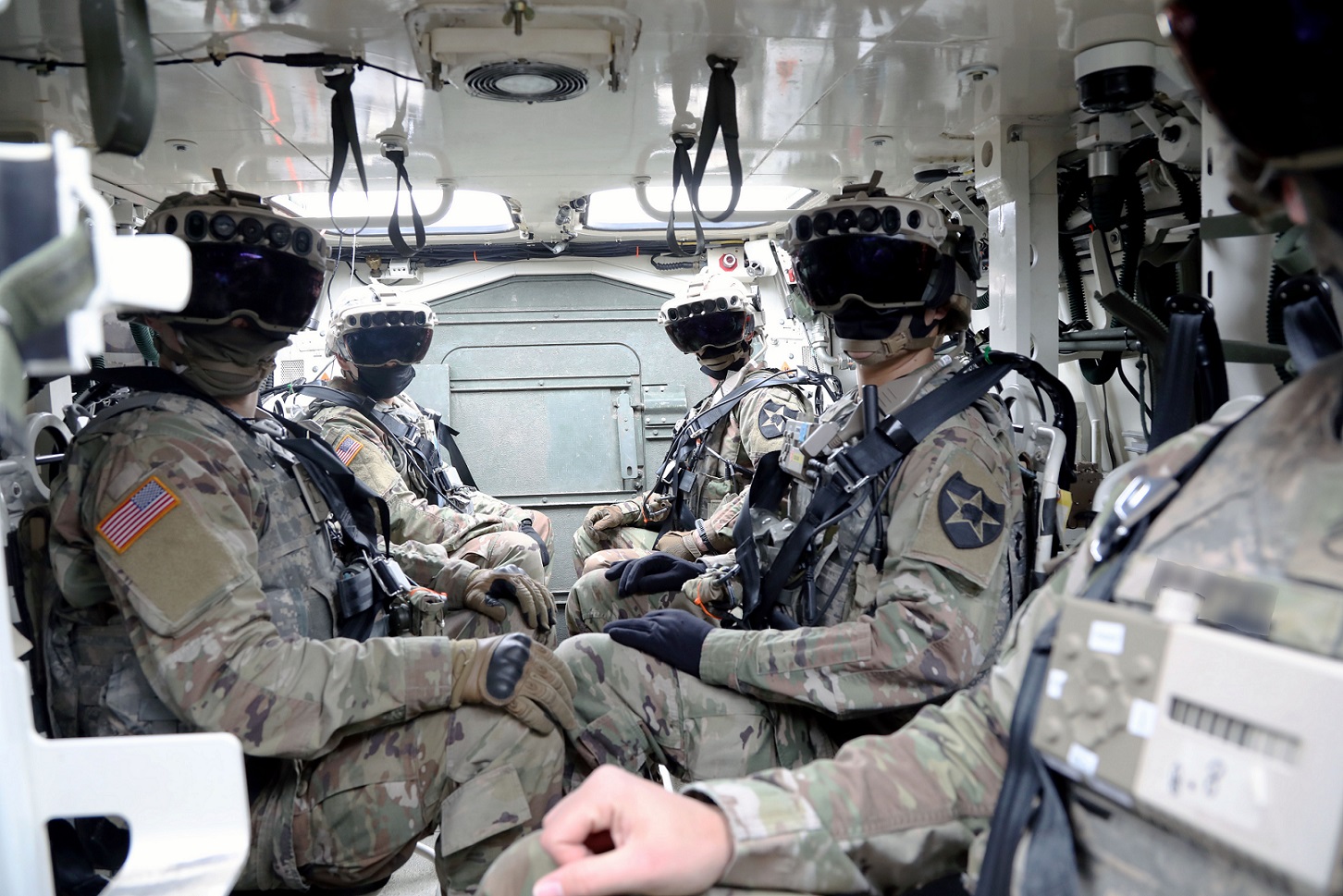
“There’s always a line between the squads and the tracks, and having this equipment is going to help tie them in so the dismounts in the back can see the actual optics of the vehicle itself and then they can seamlessly work with the crew because everyone can see around the vehicle without actually having to step outside of it,” said SGT John Martin, Bradley Master Gunner from 3rd Infantry Division. “It has countless uses like land navigation, being able to track things while on the battlefield, moving through urban complexes, moving through open terrain, it’s insane.”
The Army’s partnership with Microsoft redefined the timeline for rapid development and production of a major defense program by taking advantage of the Middle Tier of Acquisition and Other Transaction authorities, and partnering with a non-traditional defense contractor that is an industry leader in developing innovative technology.
